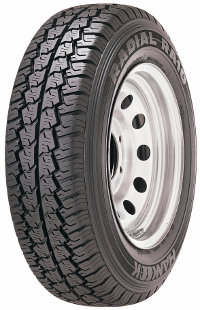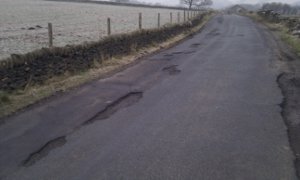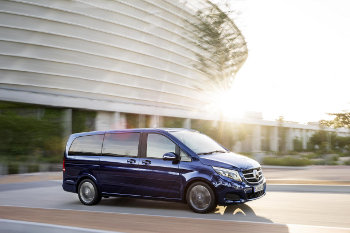 Mercedes-Benz has released the first official images of its new V-Class, the luxury MPV version of the Vito/Viano minibus.
Mercedes-Benz has released the first official images of its new V-Class, the luxury MPV version of the Vito/Viano minibus.
The new V-Class will come to the UK in early 2015, and I also expect to see a new model Vito van around that time, too, as the models are built on the same platform, and are, essentially, the same vehicle.
The new V-Class ups the stakes in the luxury van-based MPV department.
Mercedes says that the new V-Class will be “the perfect vehicle for everyone who appreciates great spaciousness but does not want to sacrifice style and comfort”, and it’s easy to see why from photos like this:
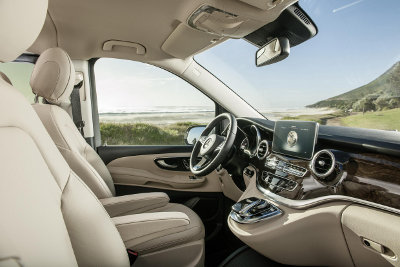
Inside the new V-Class, expected to reach the UK in 2015.
The V-Class will be powered by state-of-the-art 2.1-litre four-cylinder turbodiesel engine with two-stage turbocharging, which has already been used successfully in a number of Mercedes’ cars, and has been tweaked further for use in this MPV model.
The standard model offers 163hp and 380Nm of torque, with combined cycle fuel economy of 46.9mpg and CO2 emissions of 149g/km. There will also be a more powerful 190hp version, designed to replace the outgoing model’s 3.0-litre V6 diesel option.
All V-Class models will include the Mercedes-Benz Intelligent Drive system, which a combination of eleven driver assistance systems that use radar, camera and ultrasound sensors to control safety systems such as Crosswind Assist and Attention Assist, which is a fatigue detection system.
A wide range of other safety and convenience systems will be optionally available, as will several seating configuration options and a raft of luxury features, such as leather seats, wood-look trim, multi-zone climate control, LED headlamps, electric rear windscreen and Agility Control suspensions.
Once the new V-Class hits UK shores, you may be able to hire one from your local car or minibus hire company (click here to compare prices on MPV and minibus hire) — although these are more likely to be rented out under luxury car tariffs than minibus tariffs, with lower spec models such as the Viano/Vito 9-seater available for minibus use.

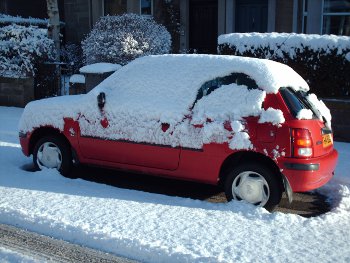
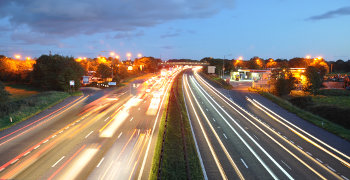 The government has abandoned the idea of introducing tolls on a proposed section of the A14, south of Huntingdon.
The government has abandoned the idea of introducing tolls on a proposed section of the A14, south of Huntingdon.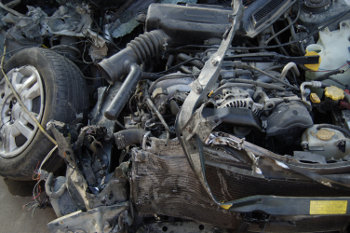
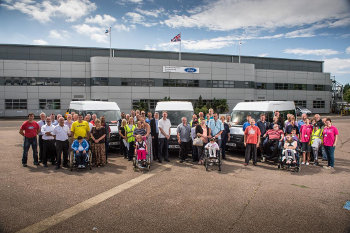 Ford has marked the
Ford has marked the  In the latest edition of the
In the latest edition of the 